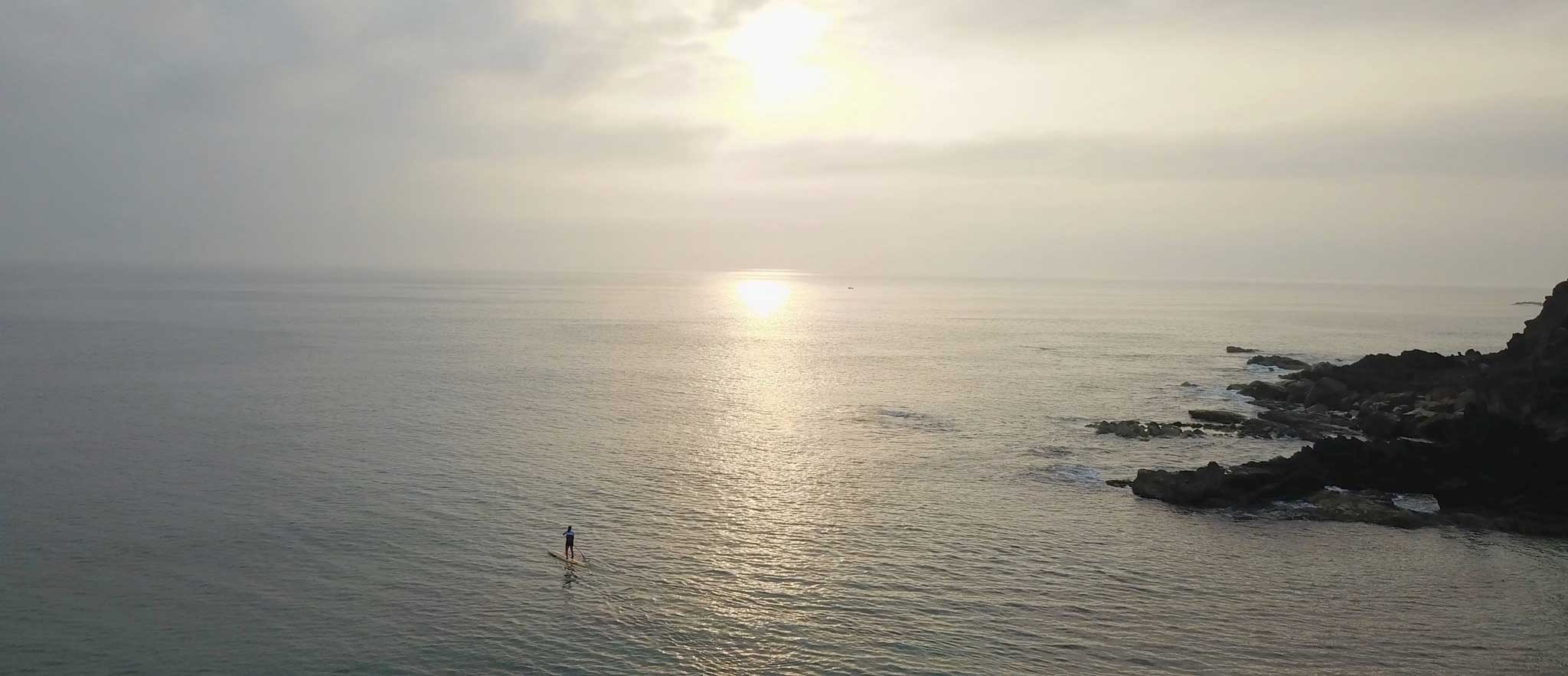

Stand Up Paddle Safety
SUP Challenges
Safety is paramount. You should not be subjecting yourself or others to dangerous situations because of your own lack of skills and experience.
LEG ROPE (LEASH)
Always make sure you have your leg rope on in all paddling conditions. This should become habit as your leg rope is your primary safety equipment. Wear it every time you paddle.
PERSONAL FLOTATION DEVICE (PFD)
No one should be downwinding without a PFD.
HIGH VIS CLOTHING
You need to be highly visible to other paddlers, as well as other watercraft – power boats, yachts, jet-skis, ferries, and rescue craft. As the saying goes, “be seen, be safe!”
LIMITATIONS & FITNESS
Paddling is a very physical activity. It tests your aerobic capacity, your balance, your endurance and your strength. It is important to know your limitations on paddling. Don’t go out in conditions that are outside of your skill level. Be prepared to look at the conditions and make the call, “I’m out”, if you feel that the conditions are beyond your skill and or fitness level.
safety first
Be aware of others on the water. If you see someone in trouble, always stop to help. No challenge is more important than paddler safety.
WIND AND WEATHER
On a SUP board the wind can be your best friend or can be potentially dangerous. There are many ‘weather apps’ available, allowing you to check the direction and strength of the wind, along with tides, swell, etc. Whatever app you use, nothing will replace common sense. You may turn-up to your paddle location and the wind is blowing in the opposite direction. You need to be able change your plans accordingly. Be aware of your own limitations with the wind and never paddle in off-shore winds. Do you understand the terms, “off-shore” and “on-shore” as mentioned above? Do you know on any given day which direction the wind is blowing?
Downwinding is not for beginner paddlers. This challenge is not the time for you to learn downwinding. The downwinding entries are meant for experienced downwind paddlers only.
SLIP SLOP SLAP
Stand up paddling is a physically draining activity – you do not need to fry yourself in the sun as well. Sunblock (wash your hands after applying for paddle-grip purposes) along with a hat and sunnies are required on sunny/hot days.
WATER AND NOURISHMENT
No matter how well hydrated and fed you are before you start, you will get thirsty and you may run yourself out of energy. You need to take water on paddles over approximately 5km and some form of energy supplementation/sports gels over approximately 10 km. You may not use it, but you just don’t know if you are going to run low on hydration and energy.
PHONE AND WATERPROOF COVER
Taking a phone with you when paddling adds a significant level of safety to the activity. Phoning home or even emergency services if you need assistance is far better than just waving your hands frantically.
For ultimate safety take an EPRB with you or download the SafeTrx Tracking App (https://coastguard.com.au/safetrx/)
TELL SOMEONE
Always let someone on land know when you are heading out, where you are paddling and when you should be finished so they can alert authorities if you are late.
You are responsible for your own safety and required to take appropriate safety measures to ensure this. Only paddle conditions within your abilities and manage your own risk. Always wear a leash.
Stand Up Paddle Safety Information
Questions?
Reach out to your SUP Club committee, or send SPSC a message on Facebook or Instagram.
Thanks to all SPSC Sponsors

Site built by tracikay.com.au
